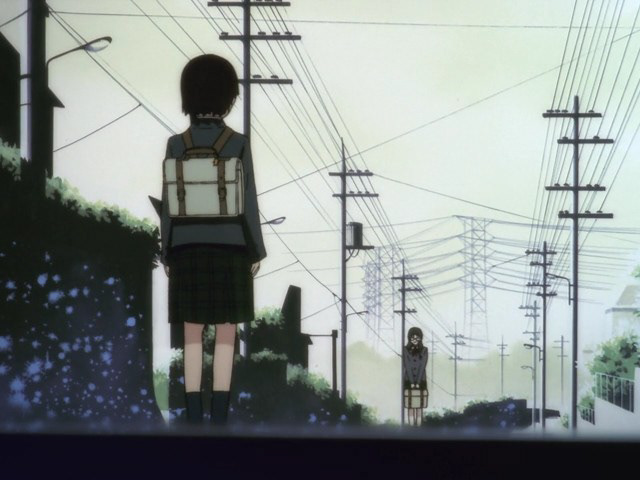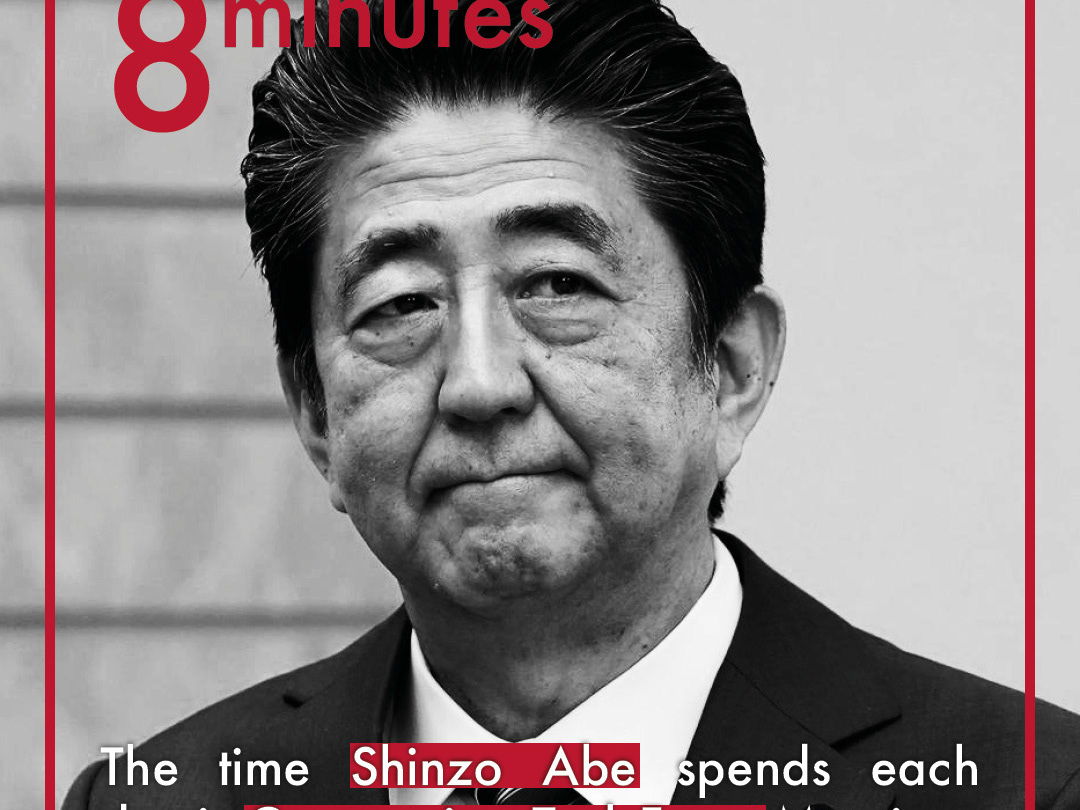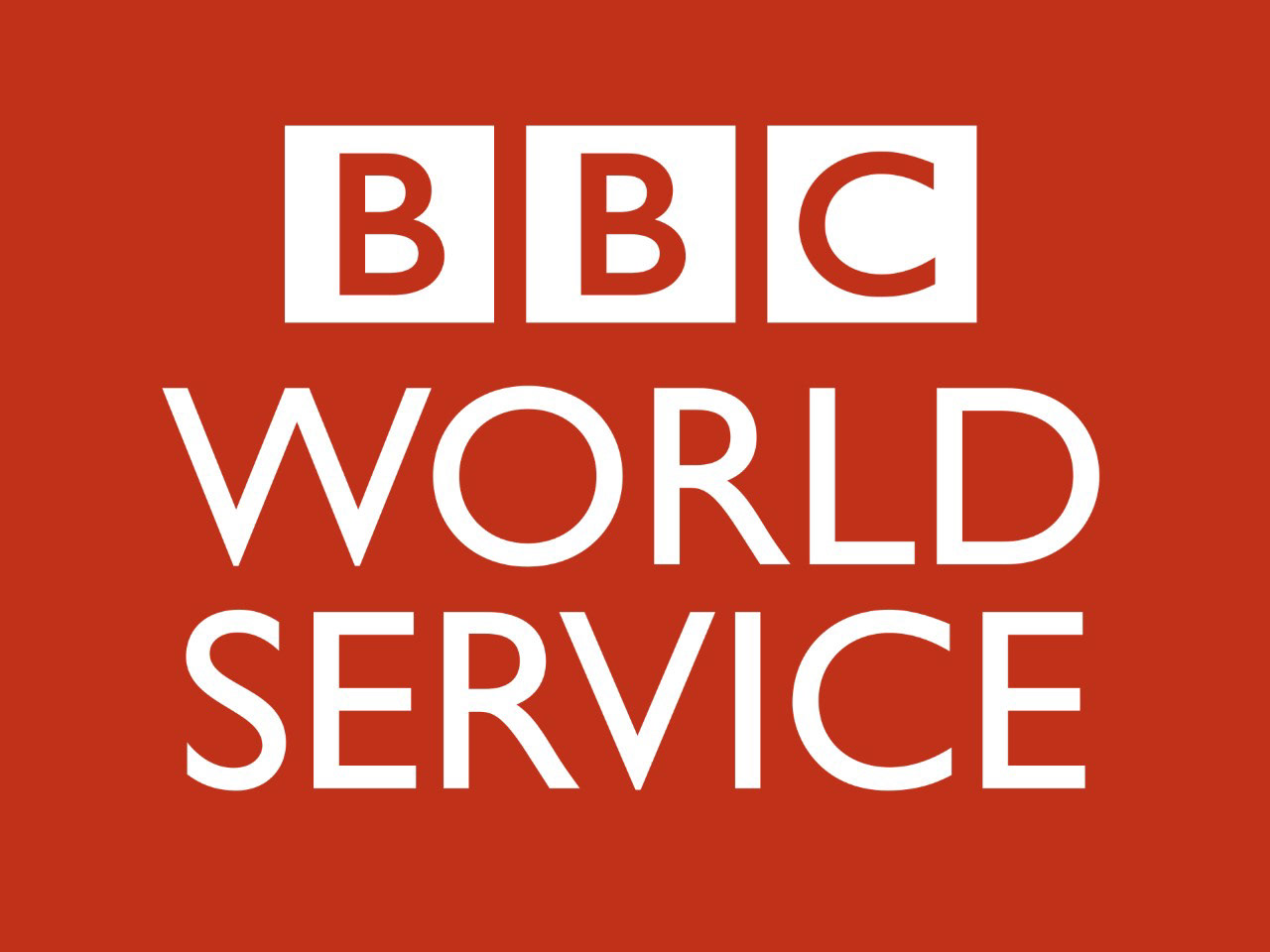Police have subdued a young man in the passenger terminal at Hong Kong International. Truncheons and polycarbonate riot gear curtail his ever-weakening attempts at escape and a heavily armoured knee presses his head into the glossy floor.
"Please get off," he begs, "you're crushing my head."
Blood has started to trickle down the side of his face, pooling around him on the floor. And some flights have also been delayed.
On 13 August, the Japan Times reported that disruptions to the world's third-largest airport terminal, "could not have come at a worse time for people who booked vacations to coincide with the Bon Holiday".
On the same day social media was awash with video highlighting police violence and brutality. Mace, batons and unified charges were all deployed by the police in an attempt to oust protestors.
The angle The Japan Times took was more pedestrian, focusing on the affront to Japanese travel plans: "Hundreds of flights have been delayed...ten of which were due to land in Japan."
It is understandable, if not a little callous, to take this as an angle among many. But the Times led with this. It sat on their homepage as a lead piece.
News sites in Japan have been slow to catch up to western aggregators where the 'most-read' will autonomously find its way to the top of the pile, above the fold. Japantimes.co.uk does not do that – this was an editorial stance.
At best this is ignorance, but at worst it betrays a widening trend in traditionally 'liberal' media. Coverage is increasingly distancing itself from advocating anti-government causes.
"...a protest over a controversial extradition bill, police violence and other issues..."
The extent of the word count given to outlining pro-democracy protests in Hong Kong
It may be that criticism of governmental authority is deemed too risky or editors are hardening, blind to struggles for democracy that free speech and free reporting is meant to protect. But either through vague wording, lip-service reporting or sheer denial the trend to overlook and underplay is increasing.
12 words of the 340-word piece fleetingly referenced the plight of the Hong Kong protestors. Failing to expand on the content of the bill, report on the state-ordered violence and washing the rest out with platitudes respectively.
The occupation of the airport terminal began on 11 August when protestors amassed in the departure lounge. Their mission was to disseminate information rather than disrupt transportation. At least initially. They distributed pro-democracy leaflets outlining their reasoning and initiatives, sang and conversed with passengers.
Pro-democracy protestors holding placards apologising for disruptions at Hong Kong International airport.
[Thomas Peter/Reuters]
[Thomas Peter/Reuters]
The disruption escalate during the second day of the occupation. It became clear that the protests, while not straying into violence, sought to bring the airport to a halt.
The use of luggage trolleys as barricades was ingenious and the sheer numbers present prompted airport staff to ground all flights. And the police retaliated with force, resulting in injuries to dozens of protestors and two journalists.
The Japan Times failed to include any of this crucial information in the piece, instead marking demonstrators out as thuggish and unconsidered. The paper appears more concerned with creating conduits of irritation for those whose holidays were disrupted than to affording them the same humanity as other reports.
The Times’ coverage of the incident at Hong Kong airport gave more column inches to isolated violence towards infiltrators posing as pro-democracy protestors than police tactics and escalating violence.
They reported that two undercover Chinese officers were assaulted by a small number of the protestors while failing to unveil the three protestors hospitalised through police-brutality no more than an hour before.
They reported that two undercover Chinese officers were assaulted by a small number of the protestors while failing to unveil the three protestors hospitalised through police-brutality no more than an hour before.
The article normalised the violence, turning the clenched fist of authority into the backdrop one can and should expect. The message is clear: violence against civilians is the norm, it is physical confrontations of authority that trigger headlines.
Even protest orchestrators have been quick to acknowledge that violence has stemmed from both sides. Ventus Lau, a coordinator of the movement, said: “Where the police are becoming more and more brutal, of course the protestors have to take some measures to protect ourselves.
“Because we can’t stand there and do nothing, otherwise the police will attack us. We are not intending to hurt the police or do damage to anyone.”
Video shared on Twitter from within the airport showed the ugly scenes of protestors pinning a policeman – armed with a truncheon and clad in riot gear – in a corner before beating him to the ground. He was quickly ushered to safety by other officers.
Naturally, media across the globe ran this as among their top stories on 13 August. The BBC’s article, published within three hours of the Japan Times one, gave only five sentences to travel disruption.
Instead the BBC chose to use the standoff at the airport as a snapshot of the protests in general, outlining debates and causes, detailing events and sharing stories of violence on both sides.
Asahi Shimbun (English edition) had a similar ratio of coverage. Their first par is a crucial one:
“Some flights started taking off again from Hong Kong's airport Tuesday, though more than 100 remained canceled a day after pro-democracy protesters forced one of the world's busiest transport hubs to shut down to highlight their calls for an independent inquiry into alleged police abuse.”
It in no way shies away from putting the protestors on the side of democracy whilst the police, and those in support of them are framed as the opposition. It’s merely a word choice, but using “pro-democracy” rather than “anti-government” stipulates a support that other news outlets have distanced themselves from – The Japan Times are yet to use the term in their description of the protests.
The Yomiuri Shimbun has been even more sympathetic in their coverage. It gave a fifth of its word count to a quote from a leaflet handed out by protestors to airport passengers.
Which makes it all the more odd that The Japan Times would be as deaf to the situation or choose not to cover it. Was this concerted or a desperately timed misstep?
Japan has huge economic ties to mainland China and, notably, the rhetoric used to criticise one of the world’s great superpowers is not as condemning as Western news.
News outlets in America, especially Republican mouthpieces, are keen to leverage traditional unease with rising Chinese power. They are trigger happy when deploying sentiments that perpetuate American shares in Chinese markets but bring their governance into question.
Japan is afforded no such luxury. 25% of its exports end up in China and a fifth of those move through Hong Kong. For Abe’s Liberal Democrats and faltering National; growth, Hong Kong is not the place to be drawing ideological lines.
More worryingly, and it’s a trend that is starting to permeate media across the globe, is the legitimisation of anti-democratic stances in reporting. Through the proliferation of government lead media in Russia and China to cries of “fake news” that damage the credibility of liberal media, state authority is playing a growing role in shaping an editorial stance.
The Japan Times’ coverage of the situation in Hong Kong will become an uneasy symptom. Stories of attacks, assaults and police brutality are allowed to rend in the maelstrom of decentralised social media while the top line message is framing it as the new normal and asking us to forget the struggle for democracy like lost baggage. Suck it up, get on with it. Your flight has been delayed.









